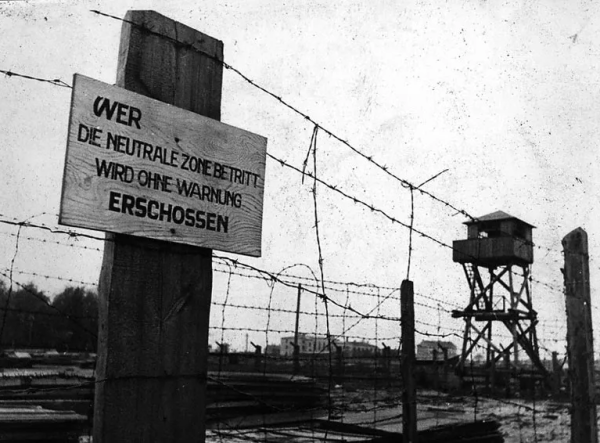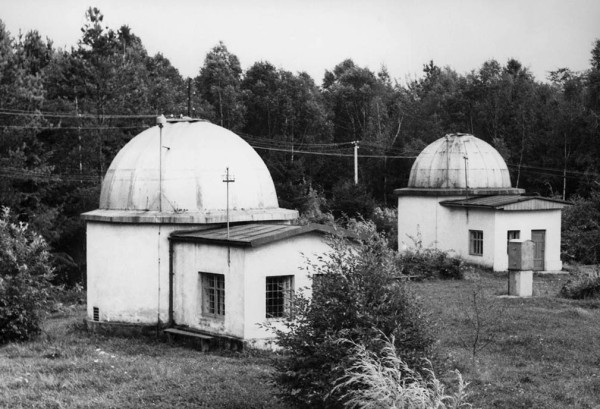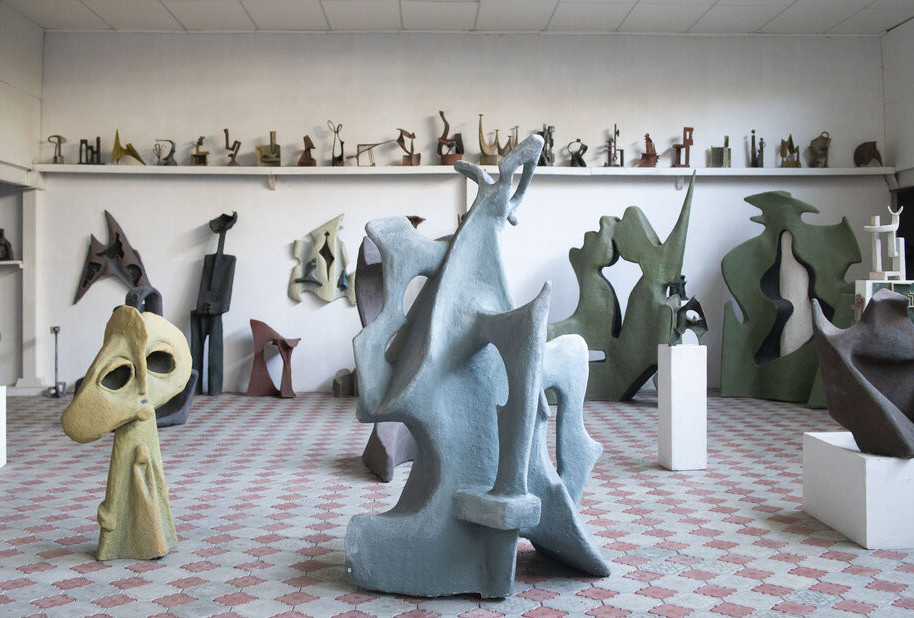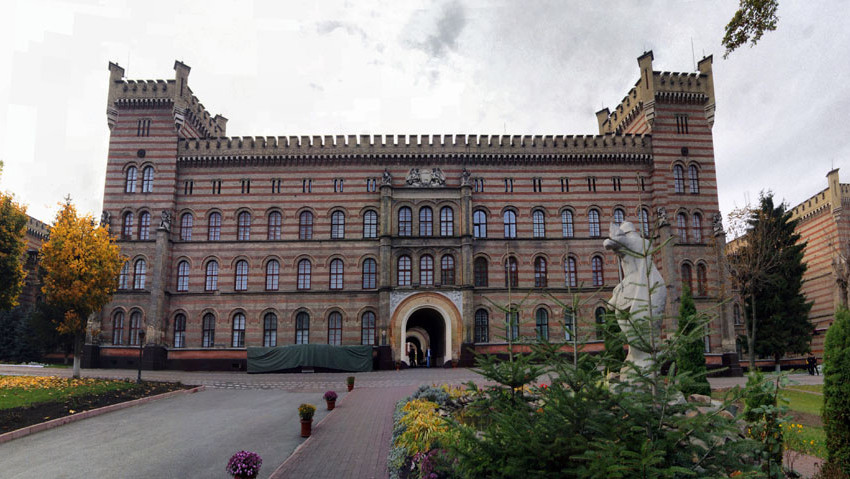Batiary, beer, one of the oldest observatories in Eastern Europe - this is just a glimpse of what Shevchenkivskyi district is known for. It is the largest district in Lviv in terms of territory, with a strong industrial base and rapid development that combines the ancient with the modern.

Key information
Shevchenkivskyi district of Lviv City Council is being renovated and expanded. Since the beginning of 2020, it has been the largest district in terms of territory, occupying the northern-central part of Lviv. It includes the following localities: Holosko, Zamarstyniv, Zboiska, Pidzamche, Havrylivka, Zhovkivska Rihatka, Ryasne, Ryasne-2, Klepariv, Dubliany town, Briukhovychi village, Zbyranka, Zashkiv, Zavadaiv, Zarudtsi, Hryada, Volya-Homuletska, Velyki Hrybovychi, Malyi Hrybovychi, Malekhiv, Sytykhiv, Mali Pidlisky. The main thoroughfares of the district include Shevchenka Street, formerly known as Yanivska, Chornovola Avenue, as well as Varshavska, Mazepa, Mykolaichuka, Zamarstynivska, Hmelnytskoho Streets, and others.
"The Cockchafer War" and Kleparivska Chereshia (a hybrid cherry)
Even before these territories became part of Lviv, they were actively developed. Later, representatives of the Jewish and Rusyn communities settled in specific areas of the district. In ancient times, there were dozens of synagogues here, although only a few of them survived the Nazi occupation of Lviv. These lands were used for gardening, viticulture, and orchards. Klepariv is famous for its Kleparivska Chereshia, a hybrid of cherry and plum that grows only in Lviv.

The boundaries of the Shevchenkivskyi district have often been at the center of conflicts. 500 years ago, the nobility gathered here for a campaign against Moldova. The nobles rebelled against the king and, during the siege of Lviv, they ate all the chickens in the vicinity, leading historians to name this event the "Cockchafer War". The local residents were also notorious. In particular, the inhabitants of Zboiska, a village mentioned in documents from the 14th century, had a reputation as robbers and marauders who would attack merchants and nobles. They were called "zbujis," which gave the name to the locality. Like the suburban communities of Zamarstyniv and Klepariv, this settlement became part of Lviv only in the 20th century.


Times of Change
The territories of the modern Shevchenkivskyi district were never considered a prosperous part of Lviv. The introduction of the railway and the construction of the Pidzamche station modernized this area, establishing connections with Brody, Zolochiv, Ternopil, and others. Later, an oil refinery was built on this land, and Bryukhovychi transformed into a recreational zone. Wealthy Lviv residents relocated here, constructing luxurious villas. In the late 19th century, there was a prolonged diversion of the Poltva River. In the 1880s, the Yaniv Cemetery was established. Within the Shevchenkivskyi district is also located the largest functioning cemetery in Lviv - Holoskivsky Cemetery. An important event in the district's history at the beginning of the 20th century was the introduction of tram routes. With minor changes, the tram network has survived to this day.
Today and Tomorrow
Within the boundaries of the modern Shevchenkivskyi district of Lviv, there were the Jewish ghetto and the Janowska concentration camp. These were places of death for many local Jews. Like the rest of the Second World War, it drastically changed the face of the city. The Soviet regime was not lenient towards the residents of Lviv either. In particular, the NKVD tortured many innocent people in the Zamarstyniv Prison. Despite this, in the 1950s, the Bolsheviks intended to erect a giant monument to Stalin in Lviv. However, they failed to realize this intention.


Not only Lychakiv, but Klepariv also became famous for the "batyari" subculture. The representatives of this subculture were glorified in songs and featured in films. Worth attention is the Museum of Modern Sculpture by Mykhailo Dzyndra, located in Brehivychi. The artist moved from the USA and acquired a building where several hundred of his works are exhibited. Shevchenkivskyi district of Lviv is characterized by both contemporary and ancient churches, unique educational institutions. In this district, there are the Monastery of St. Onuphrius and the Church of Paraskevi Pyatnytsya, which are among the oldest in Lviv. The Lviv University of Life Safety and the Ukrainian Academy of Printing operate here.
In the Shevchenkivskyi district, you will find the medical center of St. Panteleimon, which is considered one of the largest in Western Ukraine. Lviv residents from various parts of the city visit the Krakivsky Market. Nearby, there is a Lviv brewery that combines ancient traditions with modern interactive approaches to informing about the culture of brewing and consumption of this beverage. The largest sports arena in the district is the SKA Complex, where competitions of national scale take place.
In Brehivychi, there is the Lviv University Astronomical Observatory, which is one of the oldest in Eastern Europe. The Shevchenkivskyi district is renowned for its green areas and is a great option for organizing active recreation.






